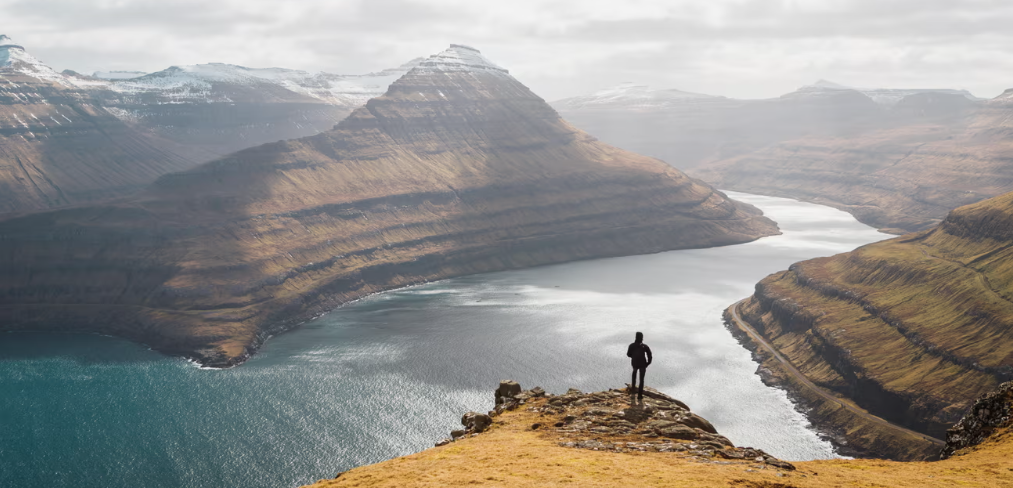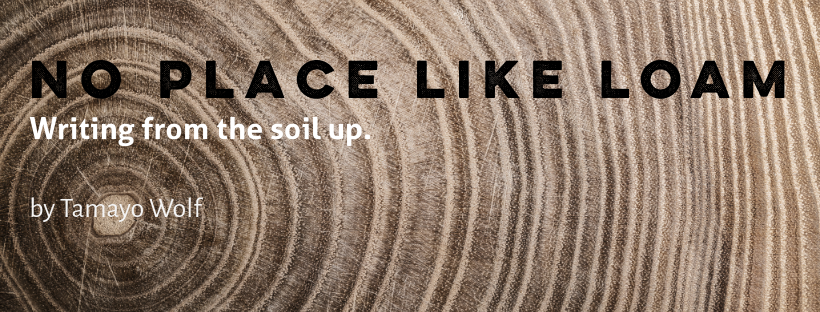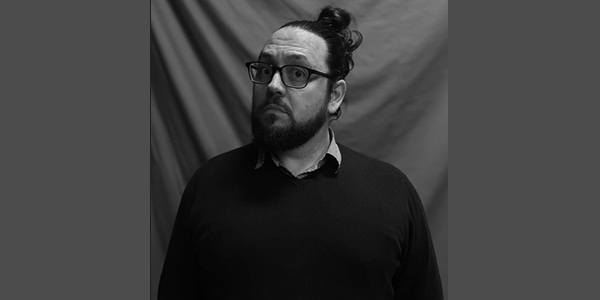A tourism boom to the North Atlantic islands, fuelled by social media, has resulted in some landowners taking measures to get a share of the revenues
||| FROM THE GUARDIAN |||
The first snows have fallen on the sharp ridge below the 700-metre summit of Víkartindur. Walking the village path towards Saksun, we looked across to the ridge of peaks that run along the spine of the neighbouring island of Eysturoy. The jagged landscape was bathed in golden winter light and in the distance the Atlantic was a giant silvered mirror.
We saw no one else on the eight-mile walk, just a few white mountain hares darting among the rocks. As it is hunting season, my local guide, Høgni Reistrup, had checked with local farmers that no one would be shooting where we were walking. Hiring a guide makes sense on these steep slopes where the weather is notoriously changeable, and mists can descend quickly.
With about 300 days of rain a year, the rise of tourism in the Faroe Islands has been something of a novelty. Numbers have doubled over the past eight years, largely thanks to innovative social media campaigns showing craggy peaks, cuddly sheep and rustic wooden houses. But, whether tourists should pay to walk in these mountains and sheep pastures is a hot topic.
Currently, anyone, local or foreigner, can walk along countryside village paths, but many of the places made famous by social media influencers are on private land where there is no automatic right to roam. Some farmers are now taking advantage of ancient Faroese land law to cash in on the increasing number of walkers wanting to explore the dramatic landscape.
Charges have been introduced at several tourist hotspots (usually 200 Danish króna – about £23), including at the famous “floating lake” at Trælanipa, the lagoon at Saksun, and the sea stacks at Dunnesdrangar. Next summer there are plans to charge walkers to hike the Faroes’ highest peak, the 880-metre Slættaratindur. Meanwhile, the most westerly island, Mykines, has already introduced a £60 tourist fee and restricted access to the puffin nesting areas that attract many thousands of visitors. Landowners say the money is in compensation for disturbance to farming and wildlife.
Tourism now turns over almost £100m per annum – about 6% of the islands’ GDP. There are just 55,000 Faroese, but visitor numbers are around 110,000 annually, most of them arriving in June, July and August. This figure includes about 40,000 who visit for a few hours on cruise ships. A new tourism strategy launched this month aims to make the most of the idea that for visitors and locals alike, the islands embody the concept of “Heim” (home).
Guðrið Højgaard, the director of Visit Faroe Islands says the aim is that local people should own at least 80% of the tourism industry. She accepts, however, that the speed of tourism development has taken the islands by surprise. “The last thing we want is for Faroese people to see tourists as a problem.”
**If you are reading theOrcasonian for free, thank your fellow islanders. If you would like to support theOrcasonian CLICK HERE to set your modestly-priced, voluntary subscription. Otherwise, no worries; we’re happy to share with you.**









The Faroe Islands… the beginning of the end.
“A tourism boom to the North Atlantic islands, fuelled by social media, has resulted in some landowners taking measures to get a share of the revenues.”
It’s called, “getting on the gravy train.” Social media combined with greed spells doom for any “once beautiful” place.
“Guðrið Højgaard, the director of Visit Faroe Islands says the aim is that local people should own at least 80% of the tourism industry. She accepts, however, that the speed of tourism development has taken the islands by surprise. “The last thing we want is for Faroese people to see tourists as a problem.”
Why should it take her by surprise… there’s evidence of this everywhere. It doesn’t matter who profits from it, overtourism by any ownership is still overtourism.
“Landowners say the money is in compensation for disturbance to farming and wildlife.” Money can’t compensate for harms done to the land and to wildlife. Can you imagine if we applied this to humans? Oh it’s okay if you kill a few people when you visit here, just as long as you pay us.
Only when the last tree has been cut down, the last fish caught, the last river poisoned will we realize that we cannot eat money.
Social media is also a driver of overtourism in the San Juans. Believe it or not, your tax dollars go to the San Juan County Visitors Bureau, which promotes an idyllic version of the San Juans which does not actually exist; i.e. a version of the San Juans that’s free of tourists. Tourists, who see local landmarks on social media, come here and take similar photos, which are geotagged and posted on the same social media platforms, bringing other opportunistic experience hoarders to the same locations to take the same photos. Isn’t it crazy that we pay taxes for this?
Those views are absolutely breathtaking. I had no idea . . . But I can easily feel the allure. Thanks for sharing this.